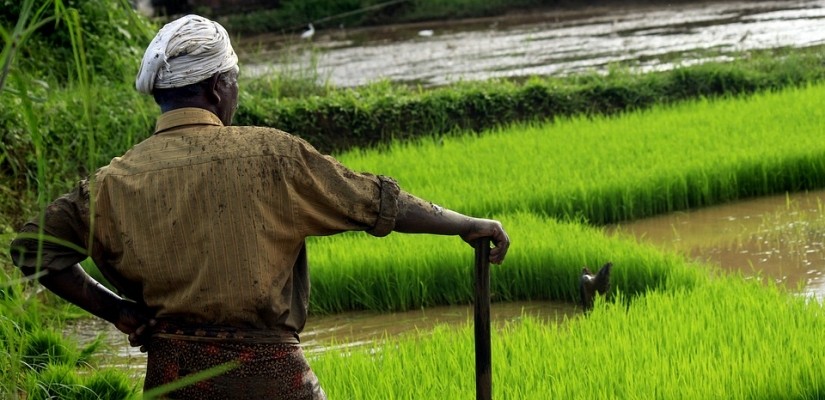The city of Chennai in the southeastern Indian state of Tamil Nadu is facing a severe water crisis that has been growing steadily more severe for years. The city of over 10 million inhabitants follows Cape Town and Sao Paolo as the latest iteration of a major metropolis facing a potentially devastating water shortage. Likewise, many regions around India are facing a drought that has limited the water usage of roughly 600 million people. While a Supreme Court ruling may put an end to the conflict, the three regions of Tamil Nadu, Karnataka, and Kerala have disputed for centuries over the allocation of water from a shared water source: the Cauvery (Kaveri) River. Indian states have begun to consider nontraditional tools to relieve water difficulties. The states of Tamil Nadu, Karnataka, and Gujarat have begun cooperation with Israeli counterparts to improve desalination capabilities, which may decrease water strain in the years ahead. One such facility near Chennai produces 100 million liters a day. That being said, by 2030, countrywide water demand will be double the supply. Chennai faces reservoir depletion, lowering of groundwater levels, and pollution of existing water sources. The city approaches “day zero,” at which current reservoir and groundwater sources dry up completely. The severity of the shortage is unlikely to decrease until the North East Monsoon, which will arrive in a few months. Of the four major reservoirs that service Chennai, two have run completely dry and the other two are approaching that level. Factors that contributed to the crisis remain unresolved, and the crisis will significantly impact the economy of the city and as well as long-term prospects of local business.
Various factors have contributed to the current crisis in Chennai. The amount of available water is decreasing, and much of the available water is unusable due to contamination. Rapid population growth and urbanization have put strains on the local reservoir and groundwater supplies. The population of Chennai has more than doubled since 2011. As a majority of the population engages in agriculture, low-efficiency irrigation techniques exacerbate the shortage. As a point of reference, about 70% of Tamil Nadu’s population engages in agriculture. Across India, only a third of wastewater is generally treated, leading to high levels of hazardous materials in the water supply. Chennai is no exception, as residents often dump untreated sewage in nearby bodies of water.

For these reasons, Chennai faces an acute water shortage and high levels of water contamination. The other two reservoirs are projected to dry up within a few weeks, and groundwater levels are decreasing. Remaining groundwater is increasingly drawn from much lower levels than before. Water from these levels is often classified as “hard water,” as it can contain high levels of harmful materials such as iron and salt. High salt content in the groundwater, inefficient irrigation systems, and increased use of groundwater in agriculture will lead to further soil salinity and decreased crop yields.
The economy of Chennai faces serious challenges ahead. In addition to the agricultural sector, Chennai is also home to many major automobile companies. Automobile firms such as Ford, Hyundai, and BMW India have factories in the city. Water is an integral factor in many production processes for these companies. Companies will face higher input costs as they are forced to pay for water deliveries from other regions.
In order to cope with the crisis, the Chennai and Tamil Nadu governments are working to provide water trucks for residents that deliver water from other neighboring provinces. Residents are also drilling deeper to reach groundwater. As many worry that these methods will not be enough, the government may need to adopt further strategies. Other possible options to lessen the severity of the crisis include a greater use of sewage treatment facilities to reuse water, protection of existing flood plains, and government-led investments in agriculture to promote the efficiency of irrigation systems. Of course, each of these strategies would take time to implement, and would not present an immediate fix to the crisis.
Chennai’s current crisis is emblematic of the increased frequency of water shortages in many regions across India and around the world. Many more urban areas will face similar problems in the decades to come. Proper and effective responses by governments now can act as templates for action in the future.

